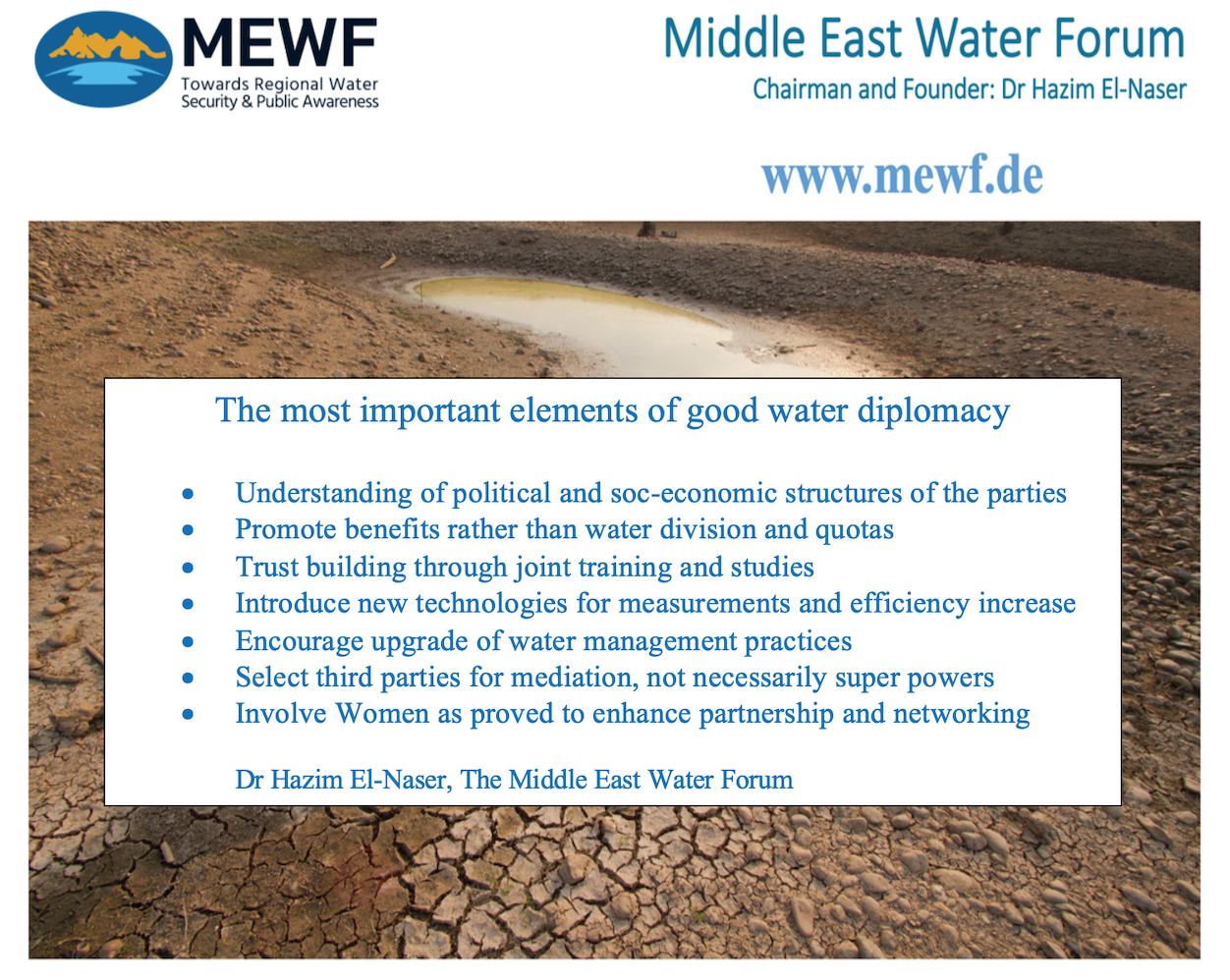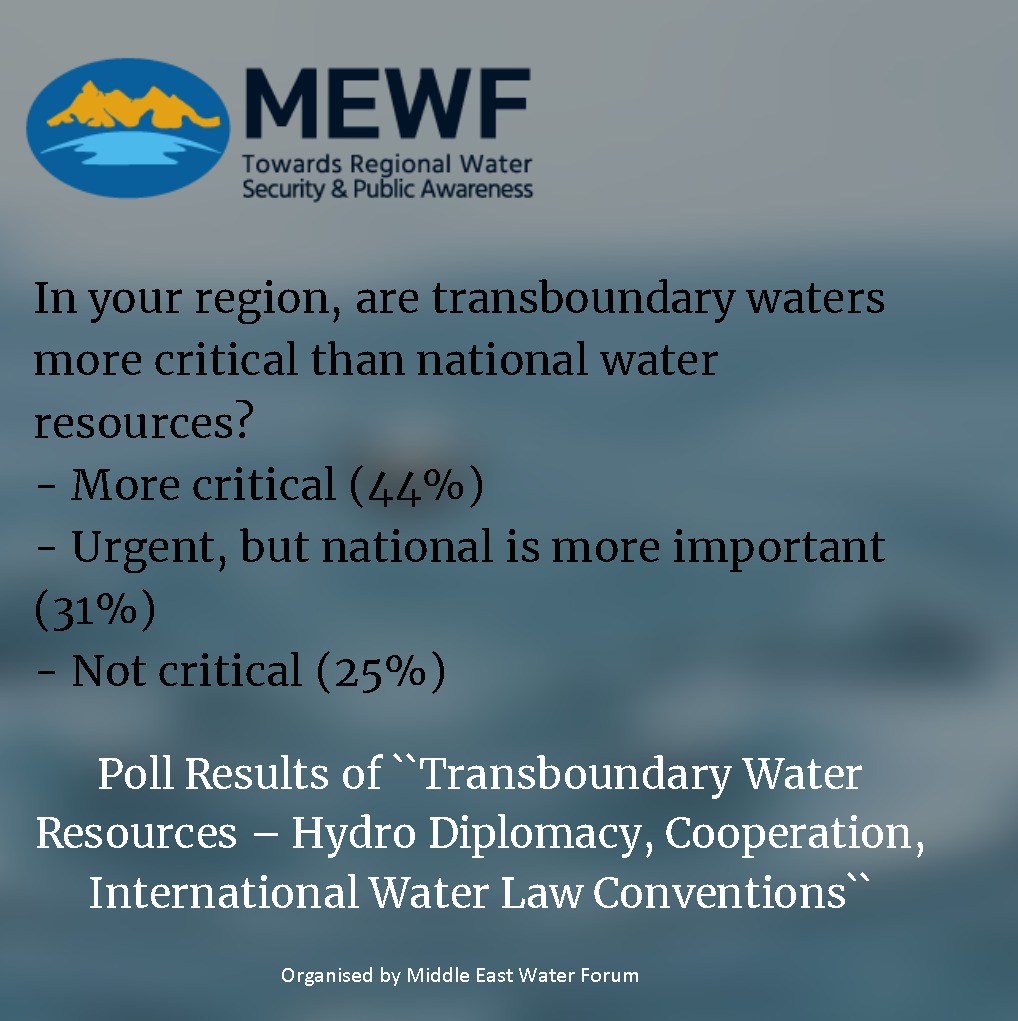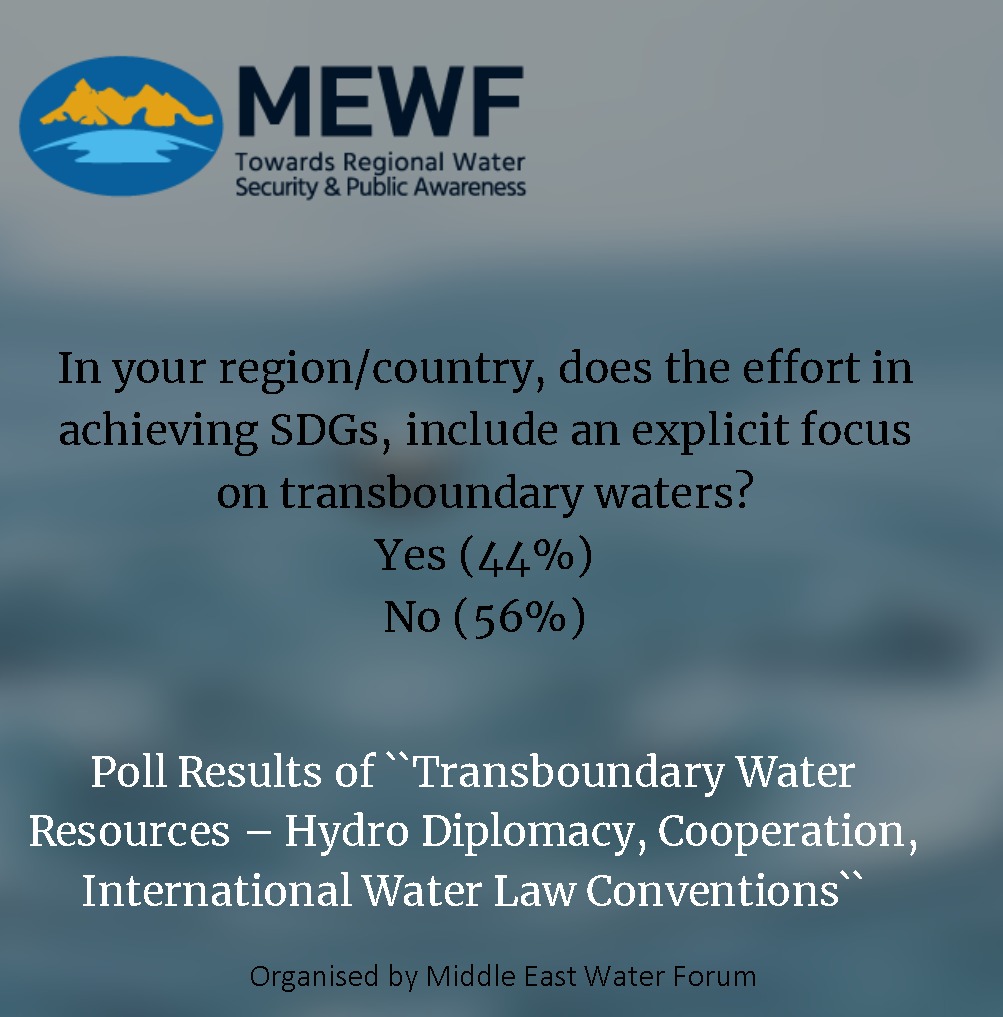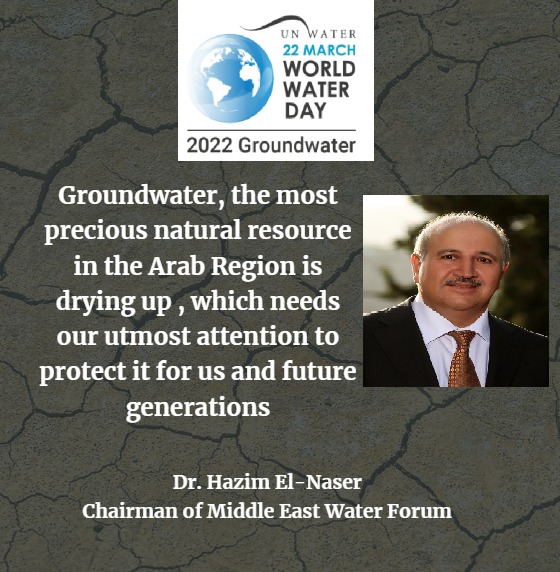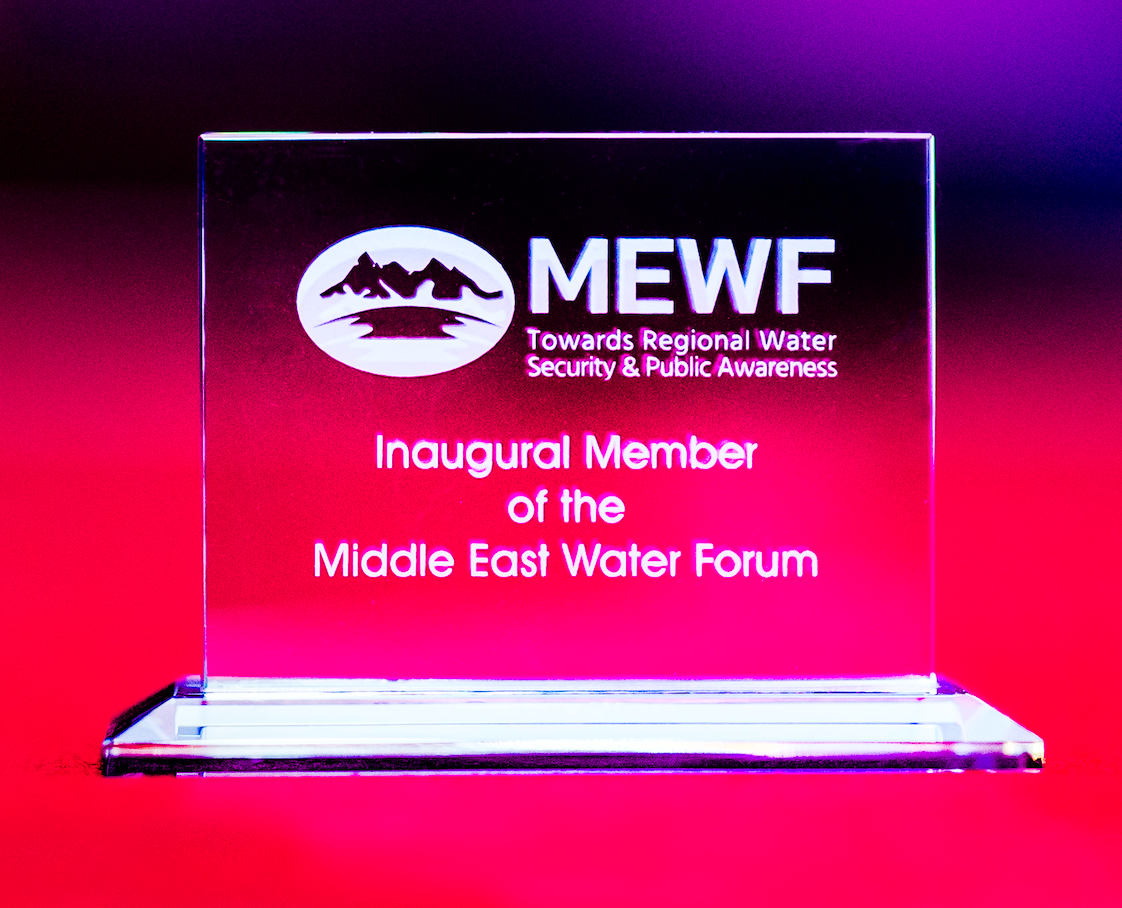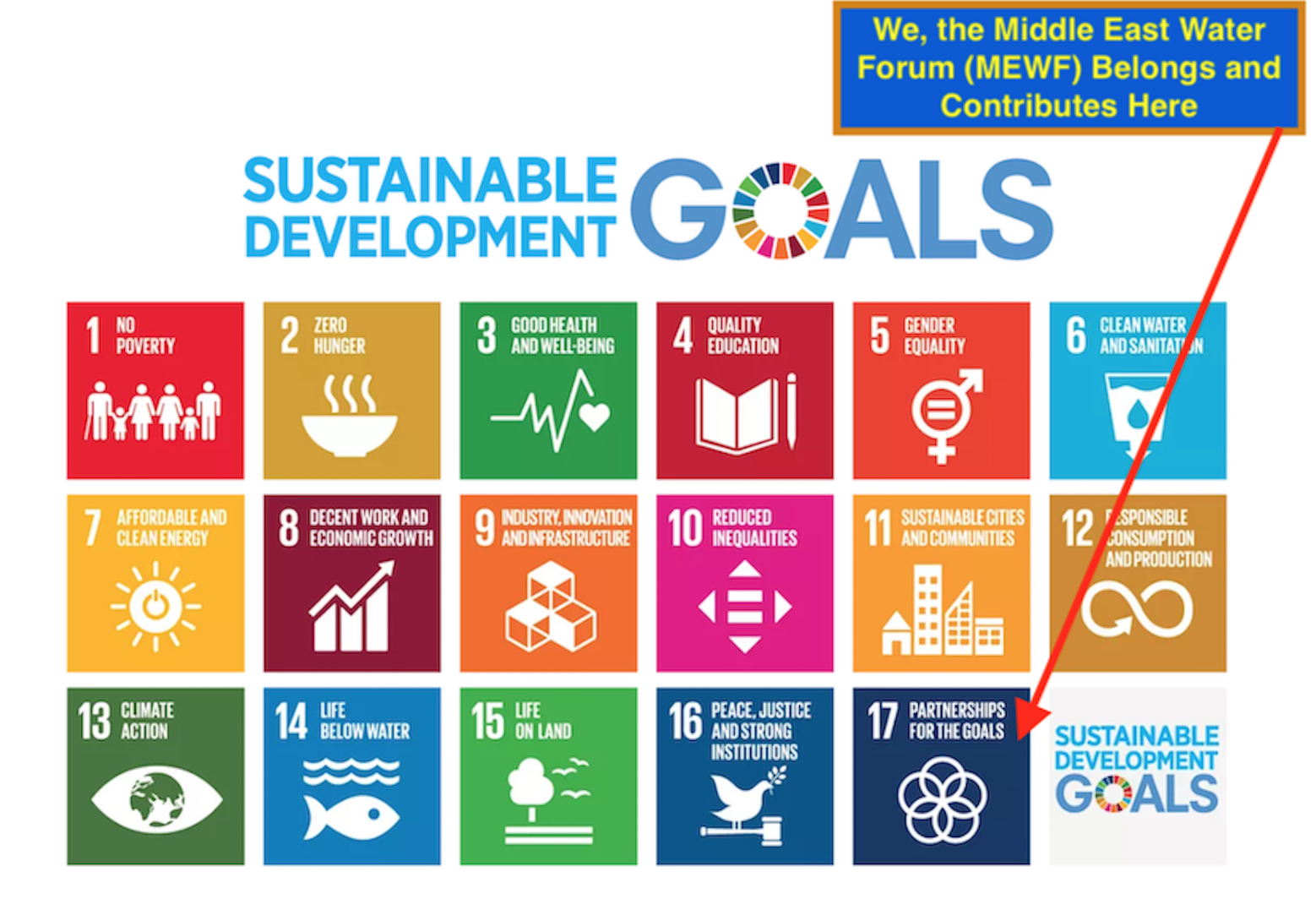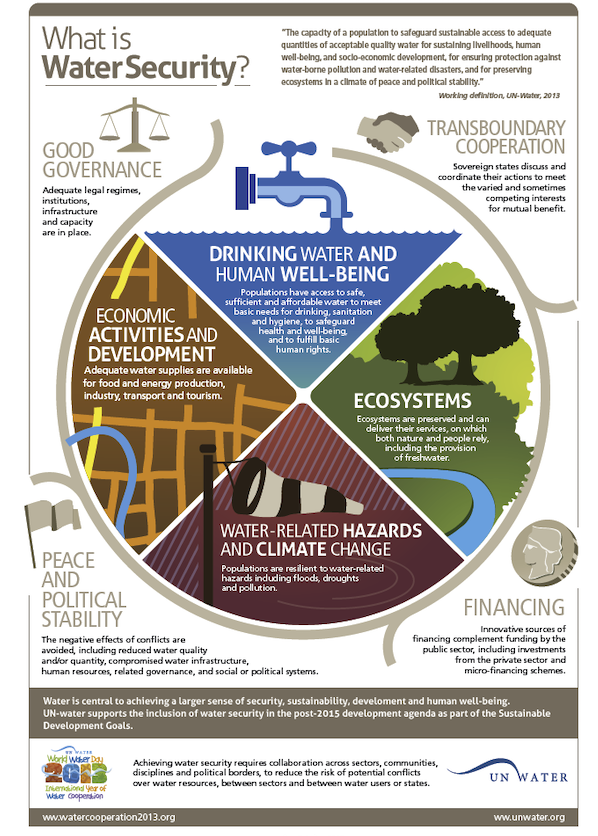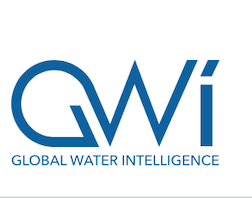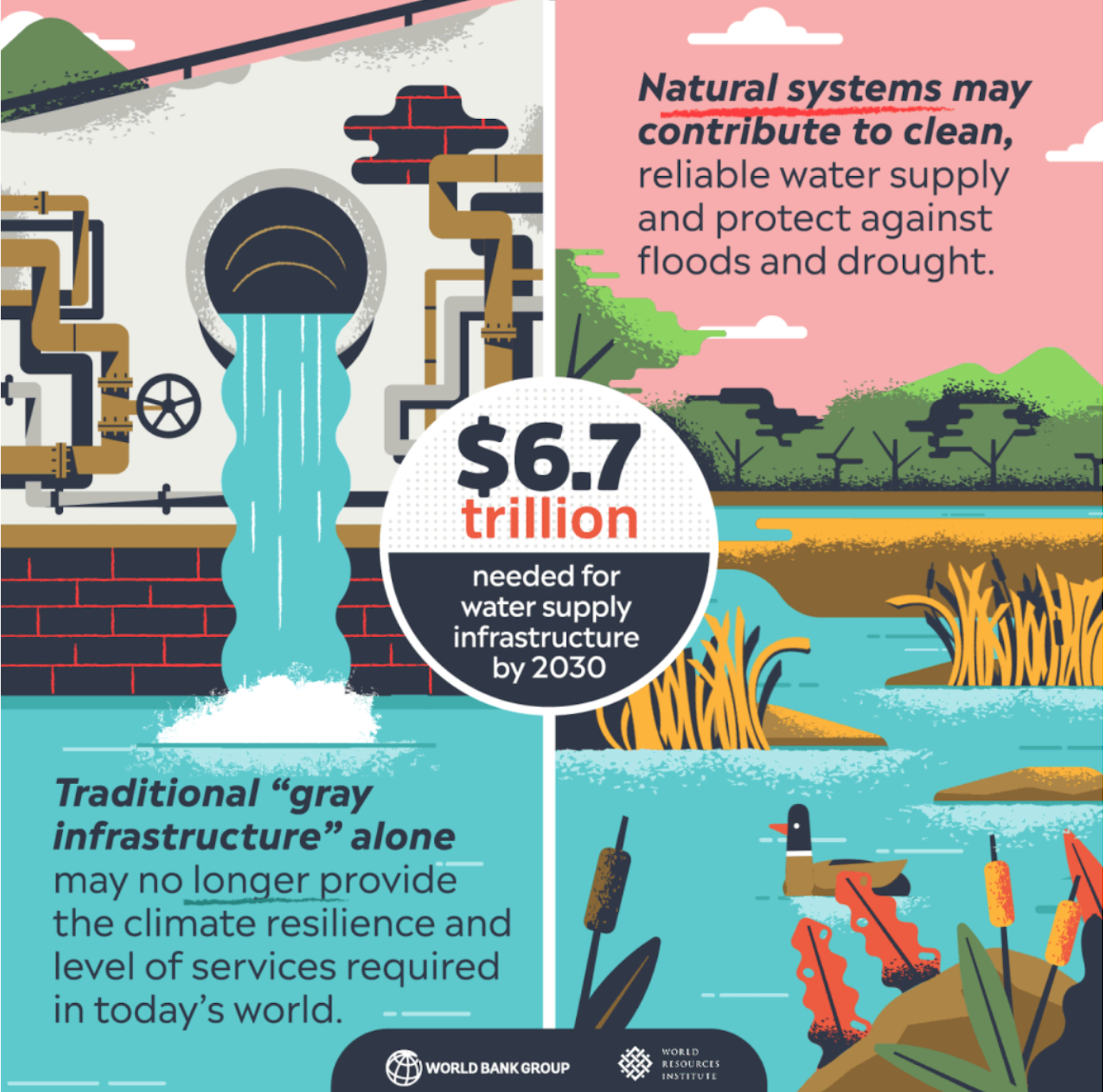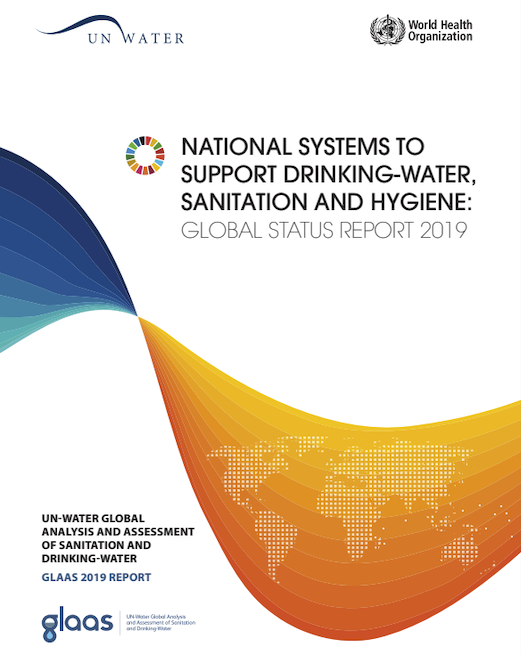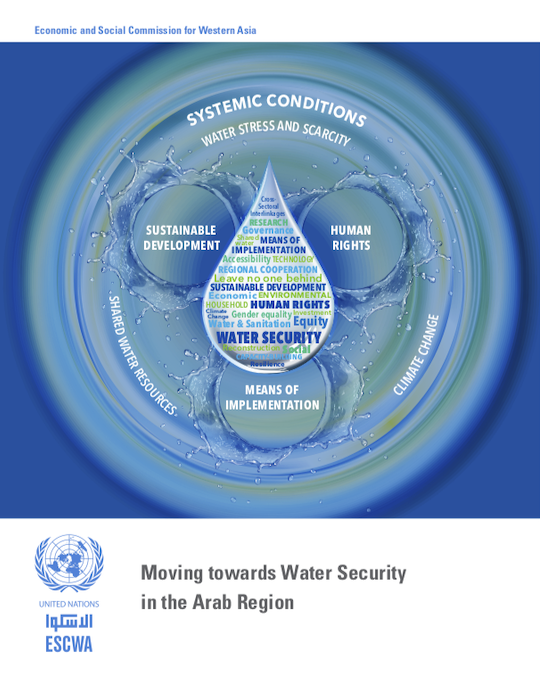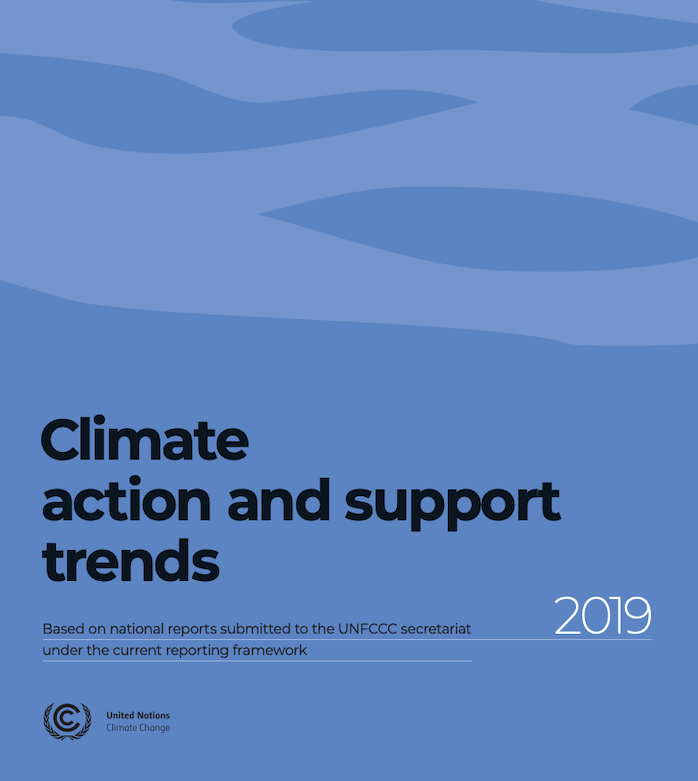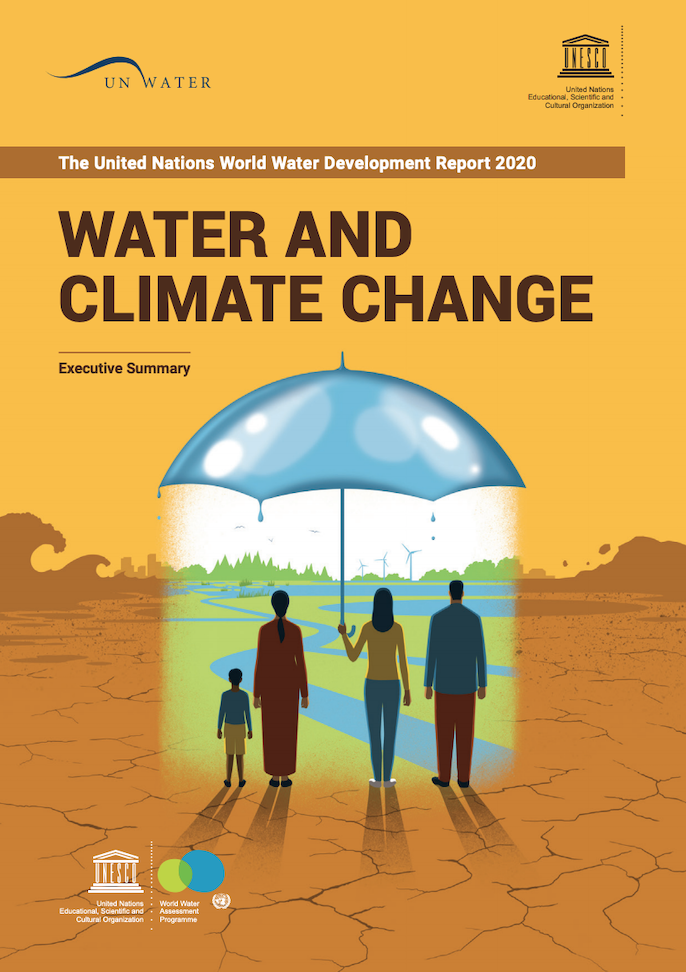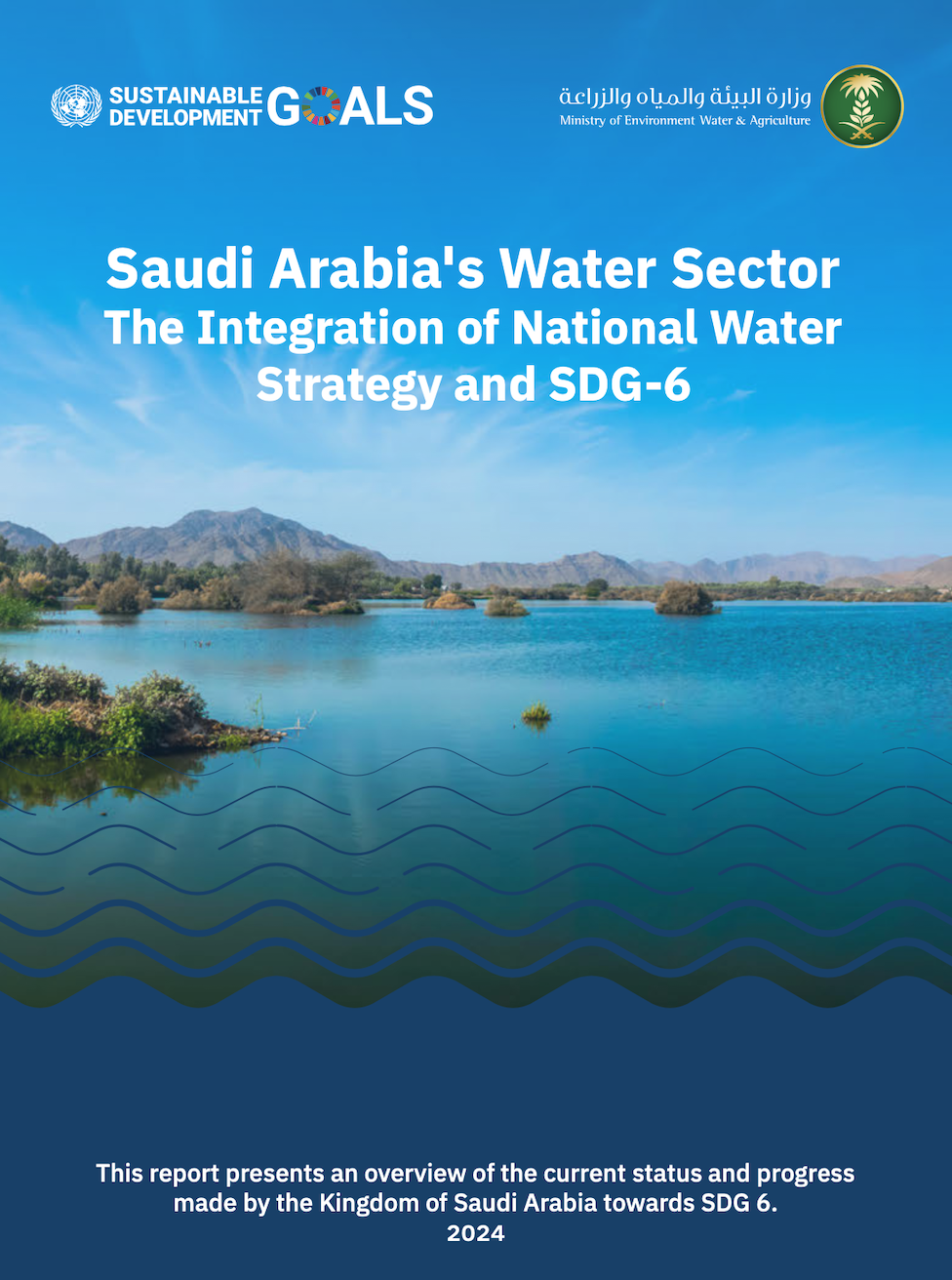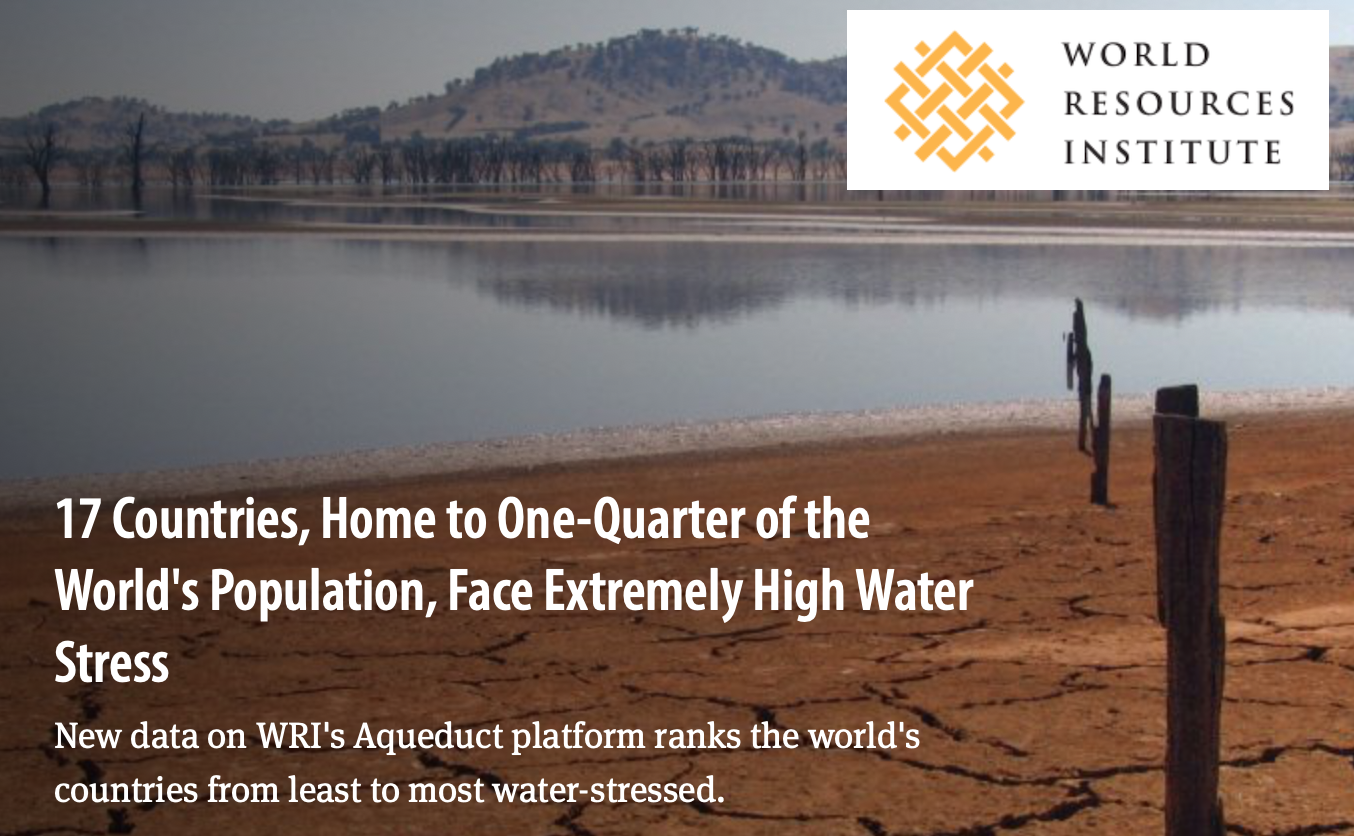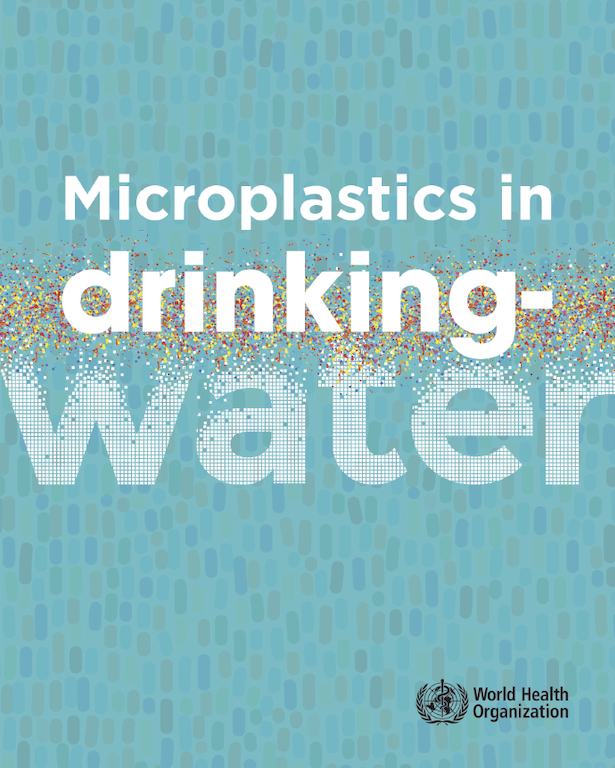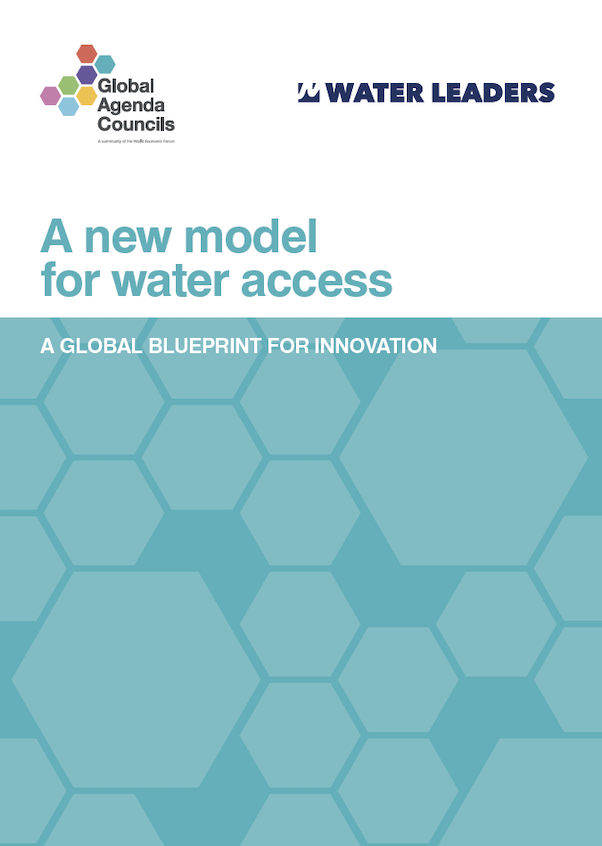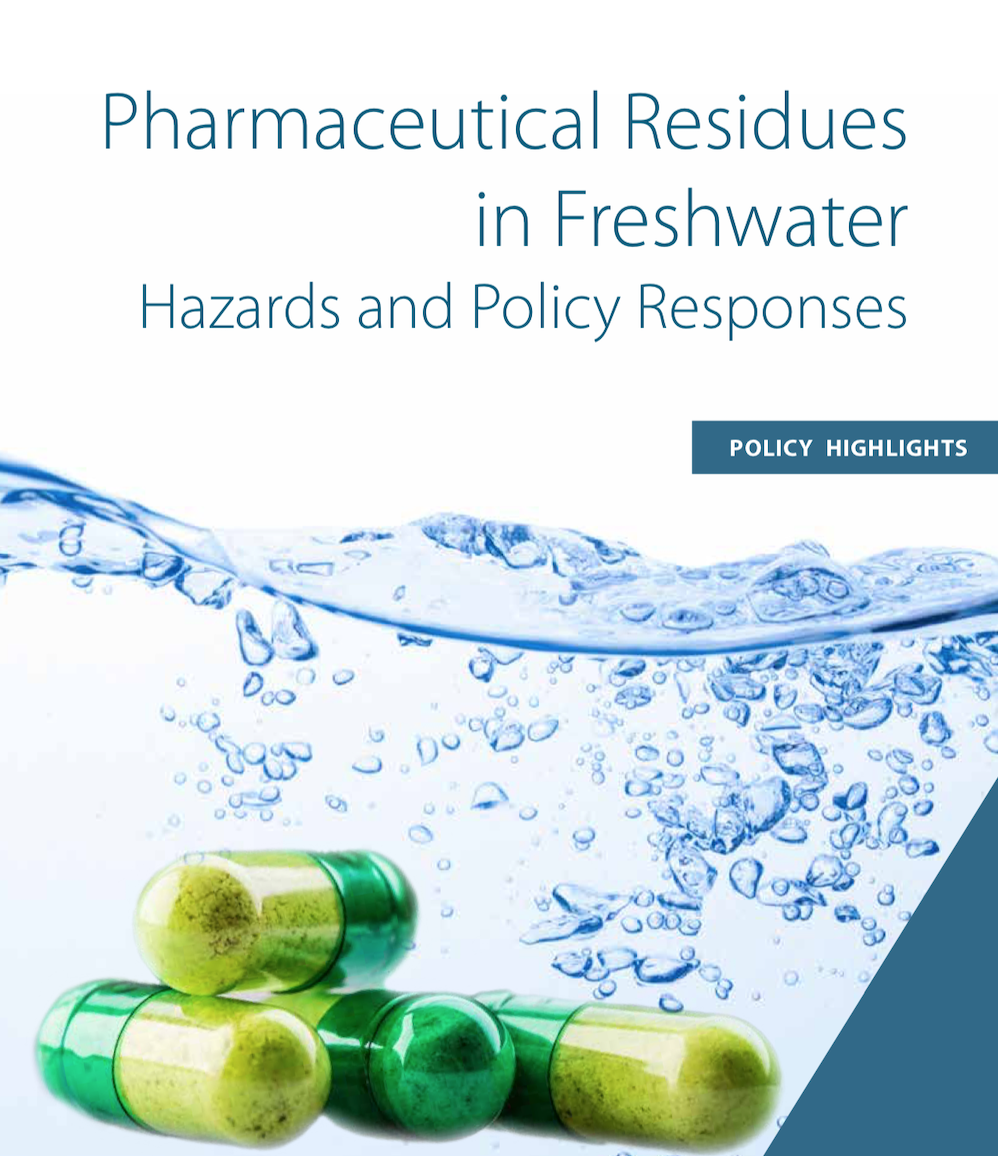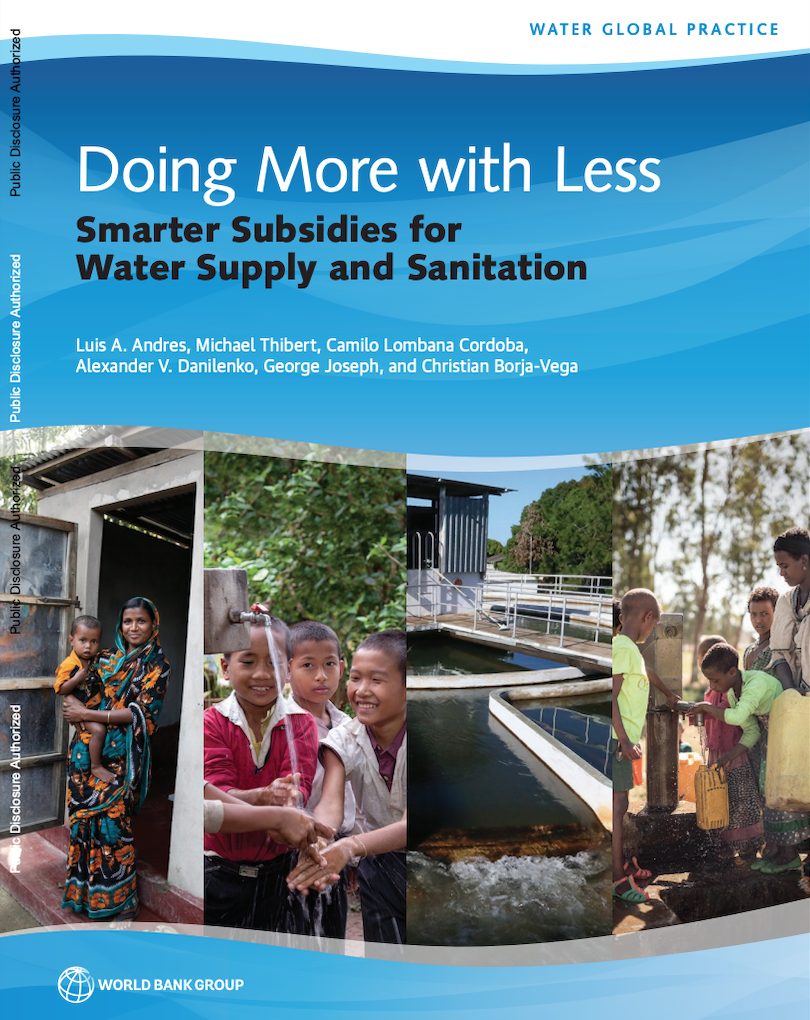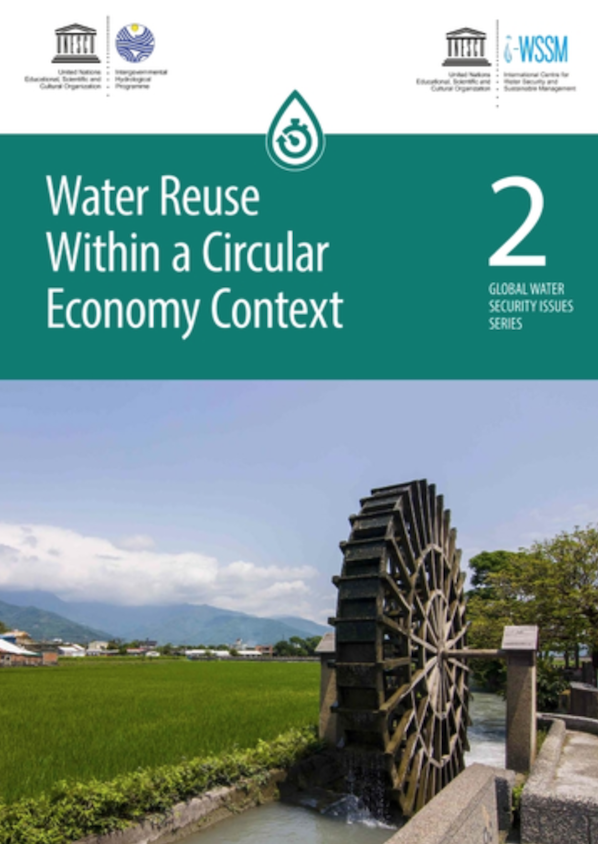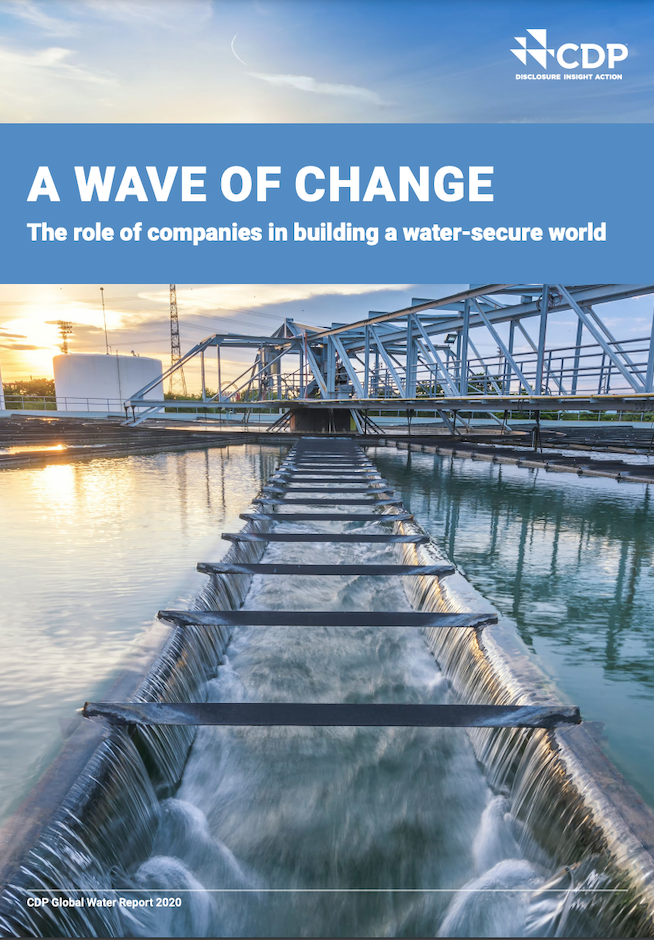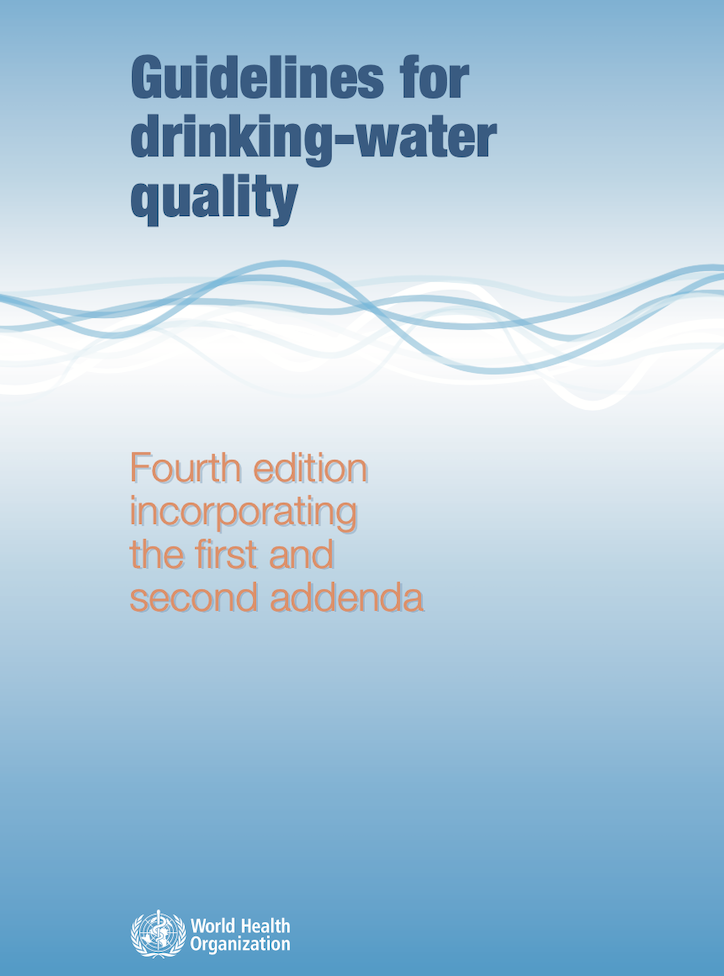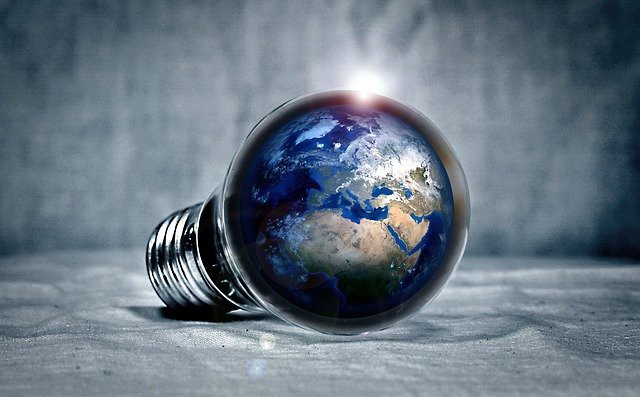
As the world transitions towards a low-carbon future, the role of hydrogen as an energy storage solution has the potential to decarbonise many industries, including the water sector. Read how leading water utilities are creating synergies in the hydrogen-water-climate nexus.
Energy is vital for various water processes, including water distribution, wastewater treatment, and desalination. Meanwhile, water is essential for all phases of energy production (fossil fuels, biofuels, and power generation). By 2040, the amount of energy used in the water sector will more than double. One of the most significant increases will come from the escalating demand for wastewater treatment and higher levels of treatment.
At the same time, water scarcity is becoming more extreme with climate change. Simultaneously, water utilities contribute to rising emissions: It is estimated by the International Water Association that urban water management contributes up to 17% of regional greenhouse gas emissions. Furthermore, there are also emissions from utility vehicles (trucks, company vehicles etc.).
In response, leading water utilities are implementing hydrogen technologies to create synergies in the hydrogen-water-climate nexus, including the following.
Japan’s new waste-to-hydrogen facility
A new waste-to-hydrogen facility at the Sunamachi Water Reclamation Center has been developed near Tokyo Bay. It will process 1 tonne of dried sewage sludge per day to generate 40–50 kg of hydrogen per day. It will be enough hydrogen to power ten passenger vehicles or 25 fuel-cell e-bikes.
Scottish Water’s renewable energy powering hydrogen production
Scottish Water currently generates twice as much renewable energy as it consumes in its operations. The company is aiming to increase its renewable energy to 300% of its electricity usage by 2030. The water company is testing an electrolyser at the company’s wastewater treatment plants to split water into hydrogen and oxygen using electricity. The hydrogen produced by the process could be used to power Scottish Water sites, while pure oxygen can increase the efficiency of energy-intensive aerobic treatment processes.
Severn Trent processing ammonia to create hydrogen gas
The UK water company Severn Trent current destroys waste ammonia present in sewage due to its toxic nature. It is exploring processing the ammonia to create nitrogen and hydrogen gas. If trials are successful, Severn Trent could recover up to 10,000 t/y of ‘green’ ammonia from wastewater treatment plants. It could be converted into 450 t/y of hydrogen for heavy vehicles that may not suit battery electrification.
Water Corporation biogas producing hydrogen
Water Corporation of Western Australia is using biogas for hydrogen production. The three-year operation at Woodman Point Wastewater Treatment Plant will produce around 100 tonnes of fuel-grade hydrogen. The project will produce hydrogen for use in various industrial and commercial uses, including vehicle fuel and chemical feedstock.
Conclusion
Wastewater treatment plants can create renewable hydrogen for operations and to fuel vehicles, reducing water-energy-climate nexus pressures.

